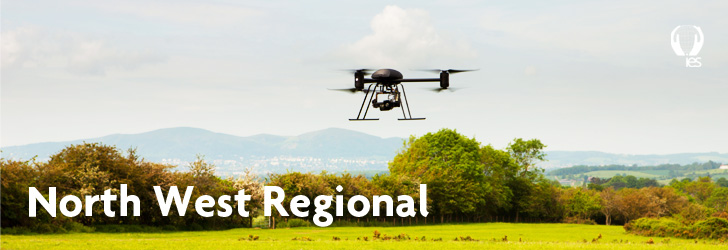The use of drones or UAS (‘unmanned aerial systems’) has received much media attention with reports covering everything from controversial military applications, to their position at the forefront of the latest Christmas toy craze. Perhaps less frequently publicised is the potential of these small flying platforms for environmental applications. However, within both academic and commercial arenas things are evolving rapidly.
Amy has aimed to utilise these powerful systems by exploring how UAS might be used in conjunction with novel developments in image processing techniques, for mapping the physical conditions within rivers.
These physical conditions include the channel topography and water depth, the size of the material on the channel bed and the distribution of patterns of flow on the water surface, as indicators of local hydraulic conditions within the river and are of critical importance for biota living within the river.
Mapping these attributes allows us to understand the quality and availability of river habitats and permits an assessment of river health, which is important for meeting European habitat standards required by the EU’s Water Framework Directive.
If a UAS-based approach can be shown to provide accurate data and/or significant time or cost savings over existing river habitat survey methods, it may have potential as a tool within river science and management.
Amy will be giving an IES regional seminar session about her research on 22nd June 2015 at Manchester Metropolitan University - Register now

